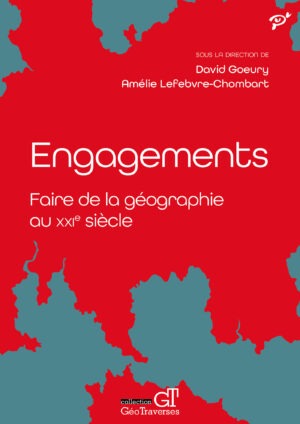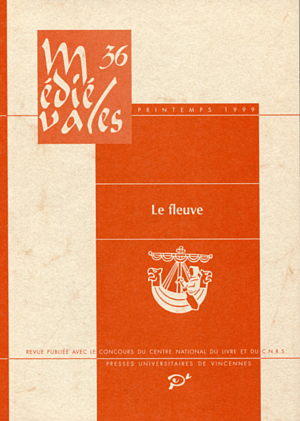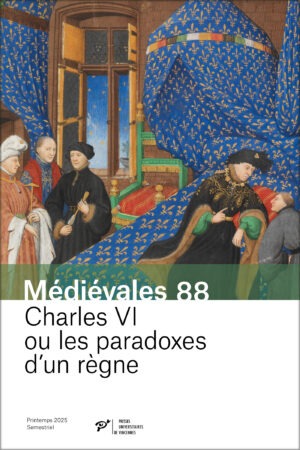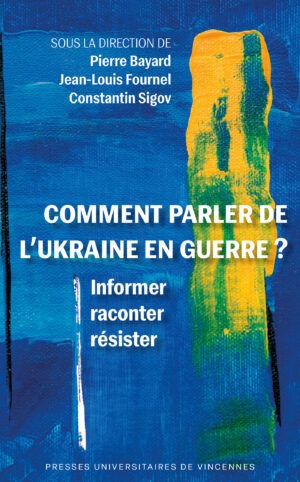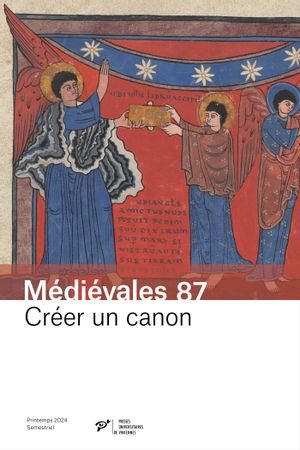Julien LOISEAU : « The Transformation of rhe Riverbed : The Shifting of the Nile and the Morphology of its Shores at Cairo (7th-16th Centuries) »
Throughout the Middle Ages, the shifting of the Nile has altered the morphology of its shores. This phenomenon is particularly perceptible at Cairo where, over a long period of time, the Nile has gradually moved away from the original site of the urban center. The progressive urbanization of the land uncovered by the river followed on the successive transformations of its riverbed. Thus elements for investigation may be furnished by the urban topography, giving evidence of the risks of gullying, and furthermore, of the effects of silting up. The great projects undertaken in medieval times have proven ineffective in checking the important modifications due to the geografical forces.
Joëlle BURNOUF, Nathalie CARCAUD : « The Val de Loire in Anjou Touraine : A Watercourse Altered by Rivering Societies »
The “Loire” research project is firmly based on interdisciplinary approach to fluvial environments. Studied here are the alluvial archeological sites and the floodplain geomorphology and palaeoecology. The Loire Valley on the floodplain has been influenced by both physical and human activity. In the Middle Ages, especially from the XVth century onwards, societies have tried to build their own space in the floodplain, erected “levées” and tried to force the adjacent Indre and Cher rivers have to their junctions with the Loire River.
Virginie SERNA : « The Paper River. Tours of Rivers and Cartographies of Waterways (13th-18th Centuries) »
Tours of rivers were organized by the king as early as the Middle Ages, with the aim of obtaining a better knowledge of the obstacles which hindered navigation. These tours became ever more complex with time, giving rise to veritable expertizations of waterways, and in the eigteenth century, to the drawing up of estimates for construction work and the drafting of precisely detailed maps identifying each specific project (mills, ferries, bridges, fords, fishing grounds, and landings). By following the evolution in the representation of waterways, from the river as landscape to the river as machine, one can identify the various ways of depicting rivers, which in turn reveal how the apprehension of riverine space has changed.
Catherine LONCHAMBON : « On the originality of the Ferries of the Durance River »
After having explained the need for setting up ferries to cross the Durance, as the hydrological and geomorphological characteristics of the river rendered bridges unstable and fords hazardous, this article proposes a study of the systems used for boat crossings. Founded on the relatively well-explained medieval example of the ferry of Barbentane and on comparisons with examples of other crossings, this analysis demonstrates how the installation of ferries was implemented and what criterions determined the choices of the crossing locations, which varied with time. Highlighted is the originality of the Durancian “model”, by reason of its equipment and location.
Jean-Paul BRAVARD : « The Floating of Timber and the Changes in the River Landscapes of the French Mountains »
The fluvial landscapes of mountains rivers and of rivers flowing out of ancient massifs such as the Morvan have undergone a long transformation since the Middle Ages owing to the necessity of floating timber to towns and naval dockyards. Evidence collected from modern documents suggests the possibility of reconstituting the works which have affected the geometry of riverbeds and of the hydrology of rivers above their basins. This research is particularly significant today as it may help in the restoration of damaged waterways.
Simone ROUX : « In Paris, On the Waterfront »
Many Parisian documents from the late Middle Ages refer to the Seine, to specify the location of the houses as well as to indicate the river-related activities : transport by water, trades connected with transport, such as the commerce of wood, or those needing great quantities of water, such as for steam boiling, dying, or tanning, and of course fishing and miling. The uses of the river often passed the limits prescibed by law : this was particularly true of polluting trades and of building trades, which practised illegal dumping into the Seine. A great socioprofessional variety of “waterfront people” may be observed.
Marc SUTTOR : « The River, A Major Political and Juridical Stake. The Case of the Meuse from the 10th to the 16th Century »
From the 10th to the late 16th century, the efforts of sovereigns, princes, and lords to gain dominance over the Meuse and its surroundings are continually in evidence, with the possession of castles and fortresses. The specific role played by the waterways in the region is hard to determine prior to the thirteenth century, when expanded settlement and the subsequent reinforcement of principalities bring about a definition of limits, “materialized” by the placing of boundary stones. Certain sections of the river may thus serve as references in delimitating “States”. The river area proves very important, on the economic as welle as the political or juridical levels.
Carla FROVA : « The Treatise De fluminibus by Bartolo da Sassoferrato (1355) »
Bartolo de Sassoferato, the great jurist and teacher, relates how he wrote the treatise De fluminibus (or Tyberiadis) during a sojourn in the hills surrounding Perugia, in 1355. While observing the course of the Tiber River, he reflects upon the problem, developed in his treatise, of the ownership of the additional land formed by the alluvium. But to resolve this juridical problem, he must have recourse not only to law, but also to geometry, and more particularly, to the practical aspects of the Euclidian tradition : for a scholastic jurist, the undertaking is culturally a bold one, and Bartolo confronts it with determination, striving to justify it from a theoretical standpoint and to carry it out in the various parts of his treatise, going so far as to draw the figures illustrating the text himself, and which have come down to us through the manuscript tradition.
Laurence MOULINIER : « The flood of the River Arno in 1333 : Giovanni’s Narration and Hypotheses »
The disastrous flood of Florence in November 1333, resulting from violent rains and the overflowing of the Arno, is described and commented on at length by the chronicler Giovanni Villani (ca. 1280-1348). He places the event in the continuity of the history of Florence, and proposes several explanatory systems born of his personal reflections and of the debates which agitated the city. The problem is that of comprehending, having linked the narrative with the whole chronicling tradition, which knowledge of the river is in question, and which causalities are proposed when the damaged city wonders about the catastrophy : the choice is principally one between astral conjunction and divine will. God has the last word.
Laura GALOPPINI : « Pasta in the Aduanas Sardas »
This paper examines the trade of pasta in the thirteenth century, using the customs records of the port of Cagliari. Sardinia, during the Middle Ages, was one of the major export centers for pasta, thanks to its production of hard corn. The records of Cagliari harbor, in conjunction with other sources of an economical-institutional nature, have given new insight into this trade, which was almost independent from that of corn. The main cities of the Mediterranean constantly required pasta, to such an extent that, during periods of severe dearth of corn, the export of pasta from Cagliari was regulated or prohibited. There were several types of pasta : alatria, macarons and fideus, which were luxury products consumed by the rich Italian merchant communities, as well as by the Jewish, and were sometimes offered at banquets by the Catalan sovereigns.
Damien BOQUET : « From the Child-God to the Child-Man : On Childhood and the Psychology of Adulthood According to Aelred of Rievaulx (110-1167) »
In his ascetic and pastoral teaching, the Cistercian Aelred of Rievaulx (1110-1167) offers an observant and contrasting picture of the medieval child. Whether seen in the light of his meditations on the child Jesus, of his own childhood memories or of the fleeting evocation of anonymous children, the images Aelred evokes are those of fragile and innocent beings, eager for the affection which their parents do not fail to bestow upon them. Yet the Cistercian shows a total lack of interest in the fate of a child born of the liaison between a nun and a canon. Above all, when he affirms that a child is entirely dominated by impulses, Aelred suggests that the affective identity of the adult largely stems from childhood experiences.
An SMETS : « At the beginning of veterinary medecine : the treatise of falconry of Grimaldus, and its pharmacopeia »
This text, generally dated to the XIth century, is after the “Anonymous from Vercelli”, the second treatise on hunting in medieval Latin. It contains about thirty recipes to take care of hawks and is characterised by the detailed elaboration of the remedies and the great number of weights and measures and of indications of posology. In his recipes, Grimaldi uses 95 different ingredients, especially plants, but also animal and mineral substances and preparata.
